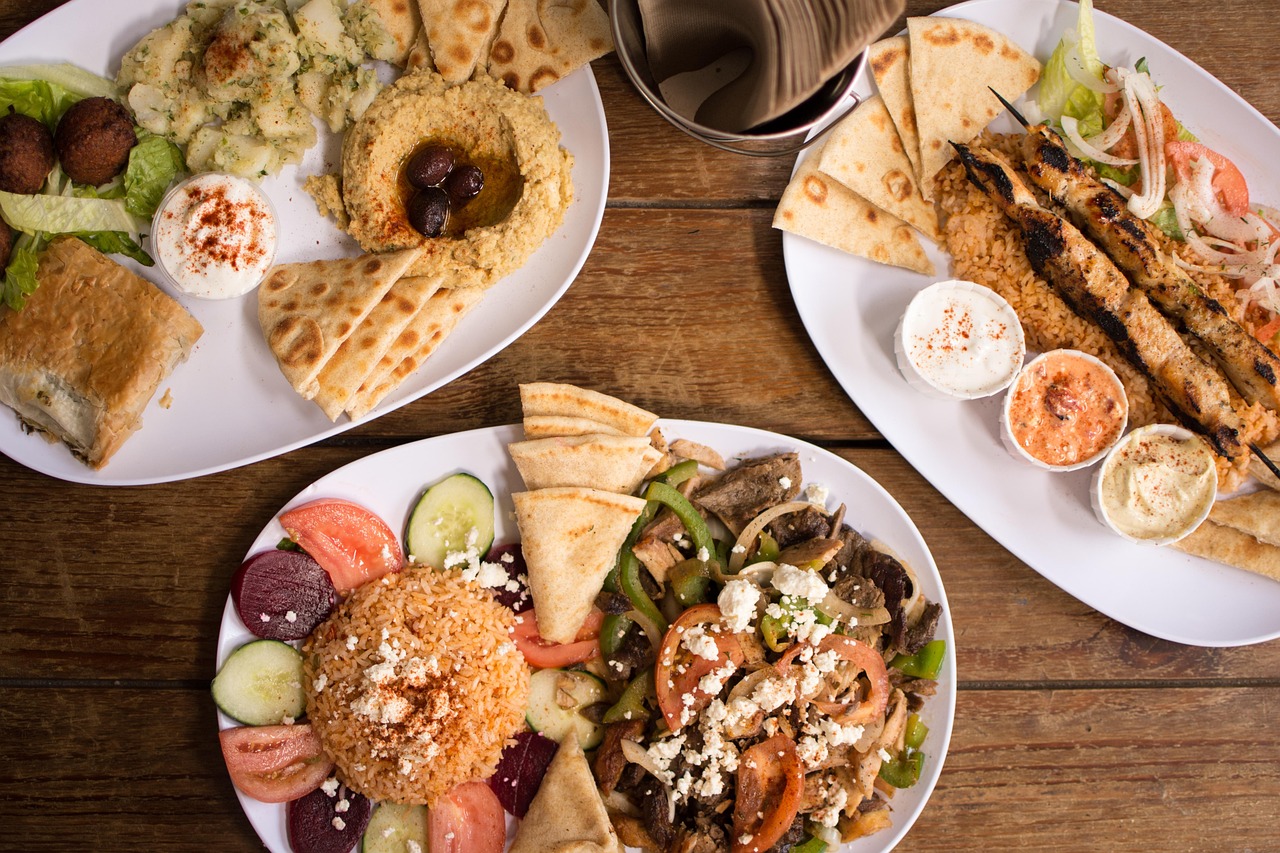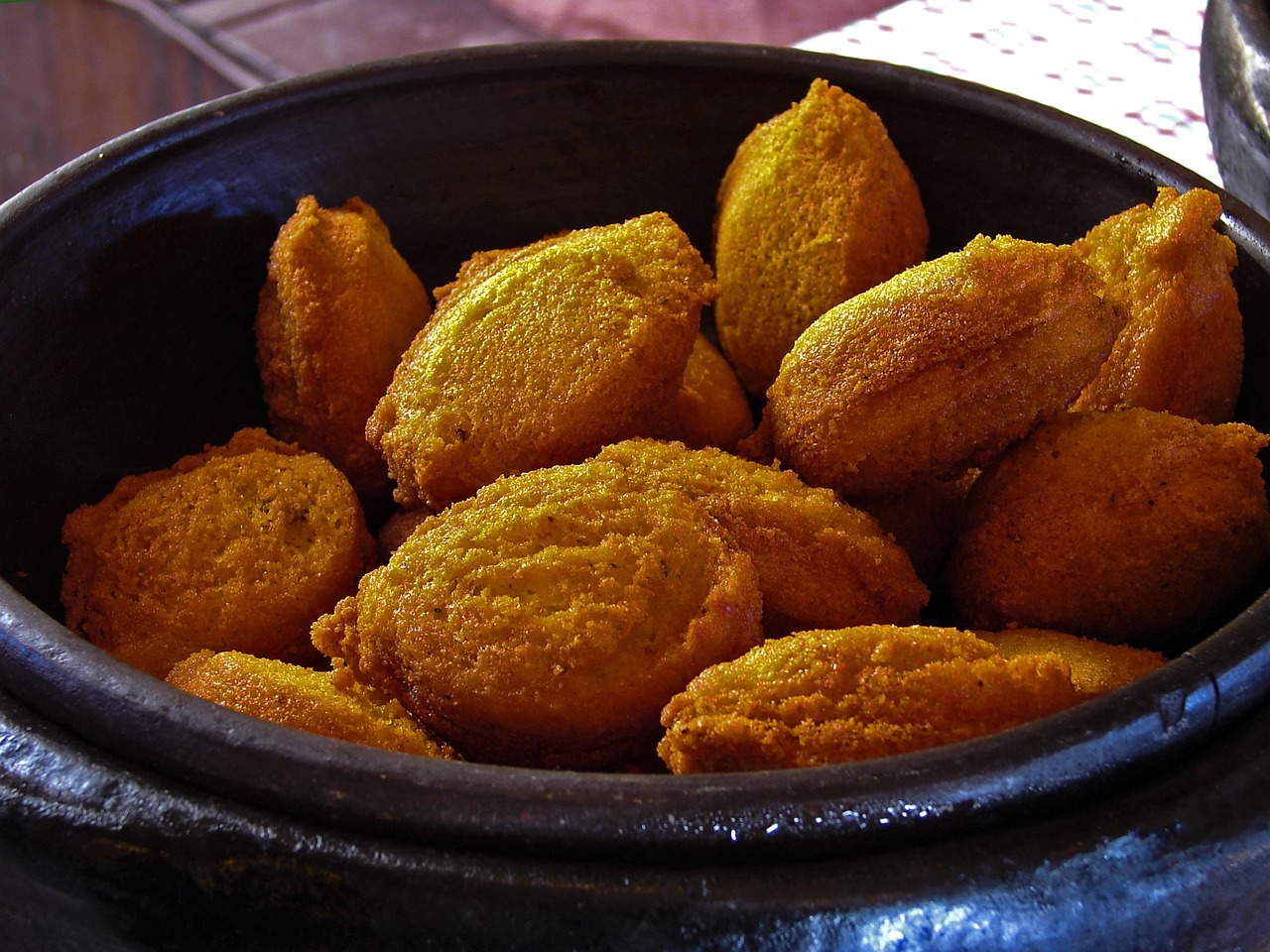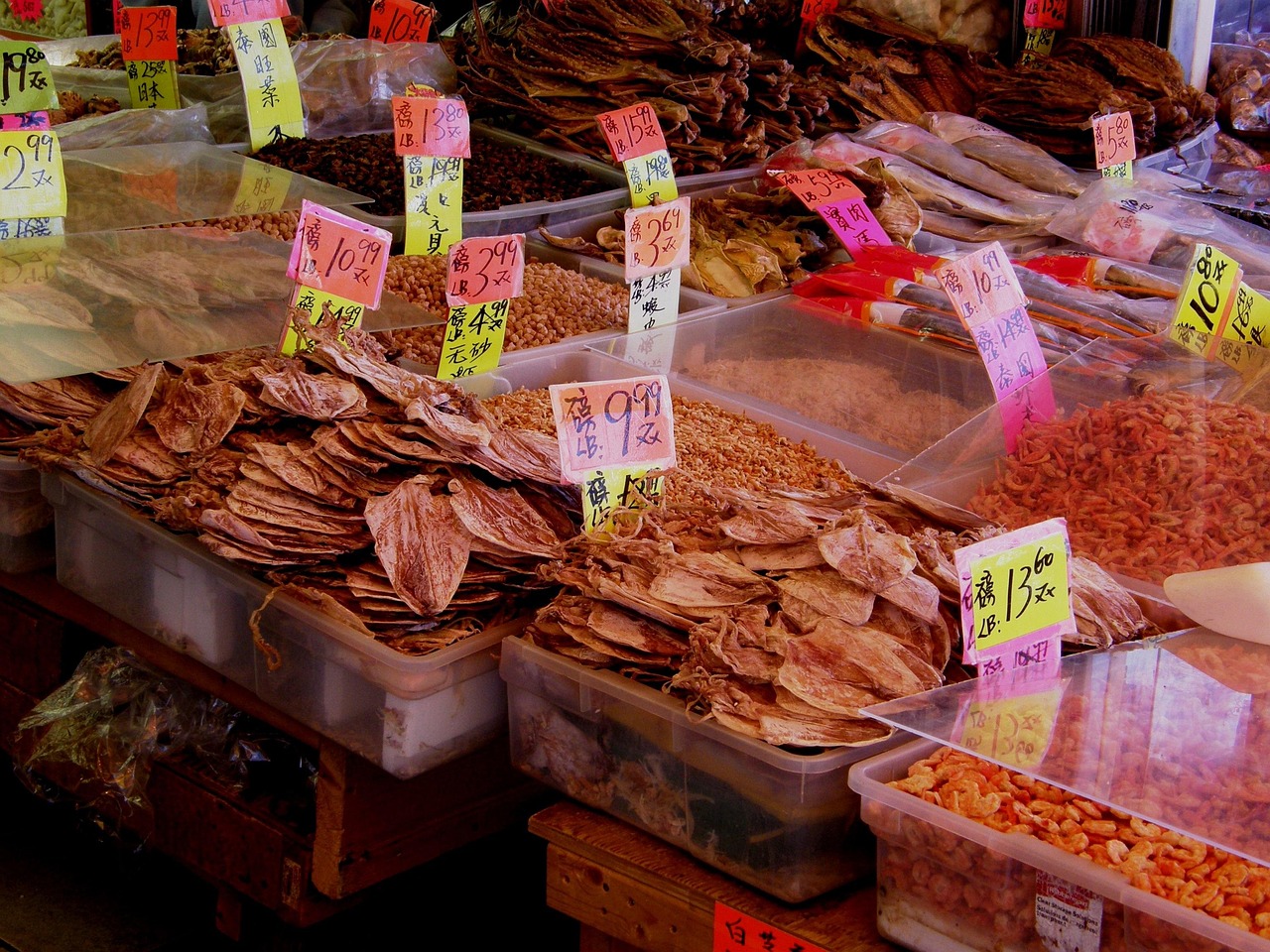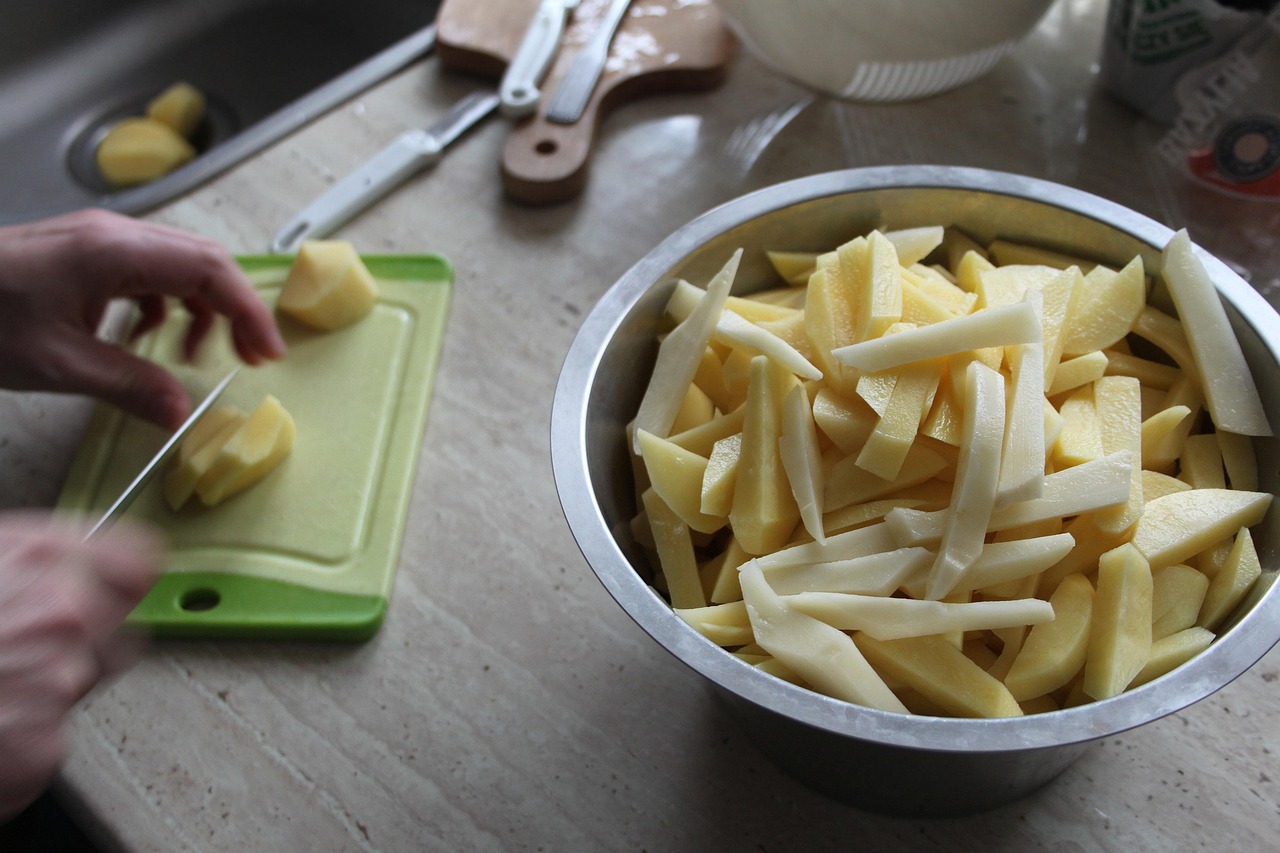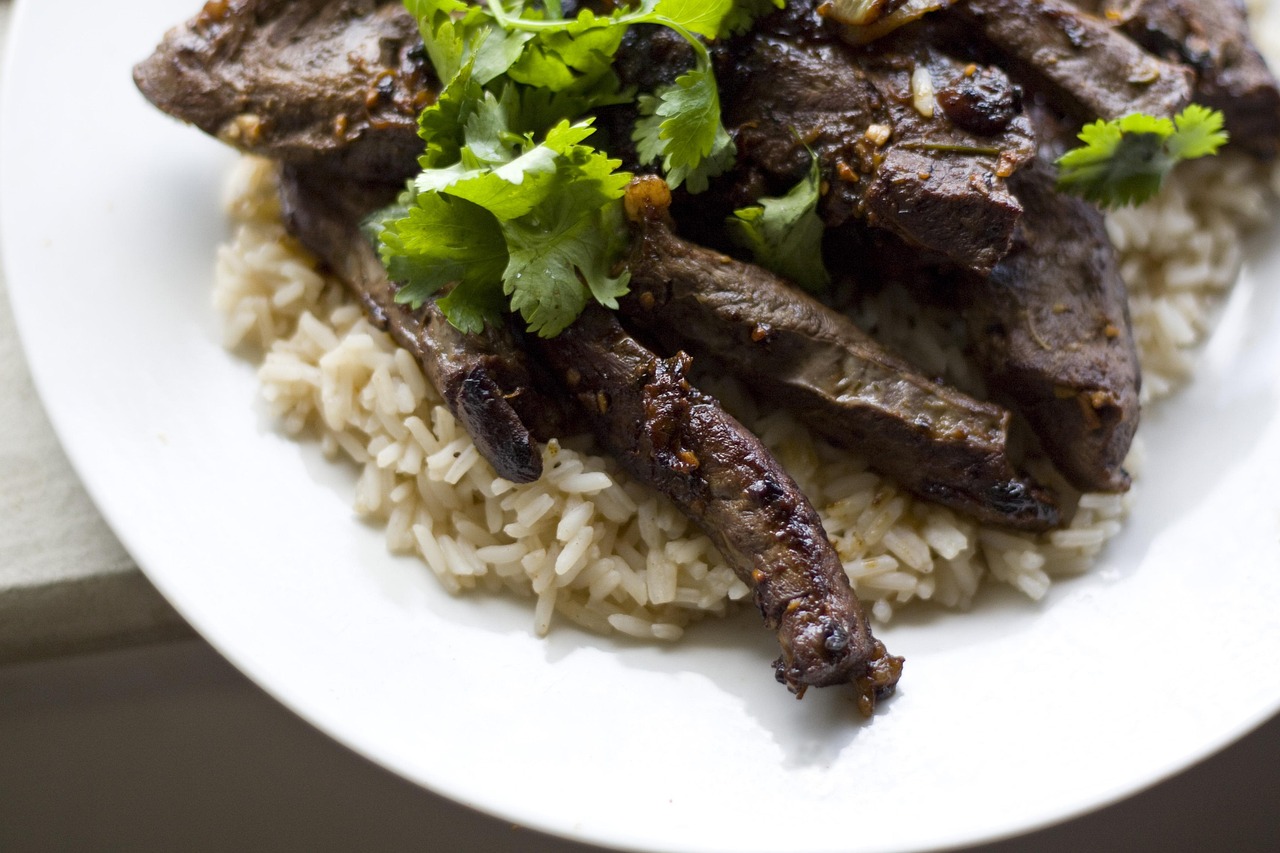Exploring the Flavors of the World:A Glimpse into Global Food Cultures for Middle School Students
Introduction
Hello, young food enthusiasts! Today, we're embarking on a culinary adventure around the globe. From the spicy streets of Sichuan to the fresh seafood of the Mediterranean, we're going to uncover the rich tapestry of global food cultures. As we explore, we'll learn about the history, ingredients, and traditions that make each cuisine unique. So, let's dive in and satisfy our curiosity with a taste of the world's flavors!
The Roots of Food Culture
Food culture is more than just what we eat; it's a reflection of a society's history, geography, and traditions. It's the story of how people have survived and thrived in their environments, using the resources at hand to create dishes that are both nourishing and delicious. Let's start by looking at a few key aspects that shape food culture:
1、Geography: The landscape and climate of a region play a significant role in what foods are available. For example, rice is a staple in many Asian countries because it grows well in their warm, wet climates.
2、History: The exchange of ideas and ingredients through trade and colonization has led to the blending of food cultures. The spice trade, for instance, brought flavors like cinnamon and cardamom from Asia to Europe, influencing many dishes.
3、Traditions: Festivals, religious practices, and family customs often involve special foods. In many cultures, certain dishes are prepared only for specific occasions, like Thanksgiving turkey in the United States or Diwali sweets in India.
A Taste of Different Cuisines
Now, let's take a whirlwind tour of some of the world's most famous cuisines and the dishes that define them.
Chinese Cuisine
Chinese food is known for its bold flavors and variety. Each region has its own specialties:
- Sichuan: Famous for its spicy dishes, Sichuan cuisine uses a lot of chili peppers and Sichuan peppercorns, which have a numbing effect on the tongue. A popular dish is Mapo Tofu, a spicy tofu stew.
- Cantonese: This cuisine is lighter and focuses on the freshness of ingredients. Dim Sum, a variety of small, bite-sized dishes, is a Cantonese tradition.
Indian Cuisine
Indian food is a symphony of spices. Each region has its own unique blend:

- North India: Known for its rich, creamy curries like Butter Chicken, which is made with tomatoes, cream, and a blend of spices.
- South India: Features dishes like Dosa, a thin, crispy pancake made from fermented rice and lentil batter, often served with coconut chutney and sambar, a lentil stew.
Italian Cuisine
Italian food is all about quality ingredients and simple preparations. Here are a couple of classics:
- Pizza: Originating from Naples, pizza is a flatbread topped with tomato sauce, cheese, and various other ingredients. It's a favorite around the world.
- Pasta: There are hundreds of pasta shapes and sauces, from the creamy Carbonara to the zesty Marinara.
Japanese Cuisine
Japanese food is known for its delicate flavors and beautiful presentation:
- Sushi: Raw fish served with vinegared rice, often accompanied by pickled ginger, wasabi, and soy sauce.
- Ramen: A hearty noodle soup with a rich broth, typically made with pork or chicken, and topped with ingredients like sliced pork, green onions, and a soft-boiled egg.
Mexican Cuisine
Mexican food is a fiesta of flavors, with a mix of indigenous and Spanish influences:
- Tacos: A traditional Mexican dish made with a tortilla filled with various ingredients, like grilled meat, beans, and fresh salsa.
- Guacamole: A creamy dip made from mashed avocados, tomatoes, onions, and spices.
The Art of Cooking
Now that we've tasted some of the world's cuisines, let's look at the cooking techniques that bring these dishes to life:
1、Stir-frying: A quick cooking method used in many Asian cuisines, where ingredients are cooked rapidly in a small amount of oil over high heat.
2、Baking: A common technique in Western cuisines, where food is cooked in an oven using dry heat.
3、Grilling: A method of cooking food on a grill, which imparts a smoky flavor and is popular for meats and vegetables.
4、Fermentation: A process used in many cuisines to preserve food and add unique flavors, like in the making of kimchi in Korea or sauerkraut in Germany.
The Role of Food in Society
Food is not just about sustenance; it's a way to bring people together. Sharing a meal is a universal experience that crosses cultural boundaries:
1、Family Meals: In many cultures, the family meal is a time to connect and share the day's events.
2、Festivals and Celebrations: Food plays a central role in festivals and celebrations, like the Christmas feast in many Western countries or the Mooncake Festival in China.
3、Street Food: In some countries, street food is a significant part of the food culture, offering quick, affordable, and delicious meals.
The Future of Food Culture
As the world becomes more connected, food cultures are blending and evolving. New fusion dishes are created, and traditional recipes are adapted to use local ingredients. This exchange enriches our culinary landscape and allows us to experience new flavors and techniques.
Conclusion
Our journey through global food cultures has only scratched the surface of the vast array of flavors and traditions that make up the world's cuisines. Each dish tells a story, and every bite is an opportunity to learn about different cultures and histories. So, the next time you sit down to a meal, take a moment to appreciate the journey that the food has taken to get to your plate. And who knows, maybe you'll be inspired to try a new cuisine or even create your own culinary masterpiece!
Remember, the world is your oyster, and there's always something new and delicious to discover. Happy eating, and keep exploring the flavors of the world!


